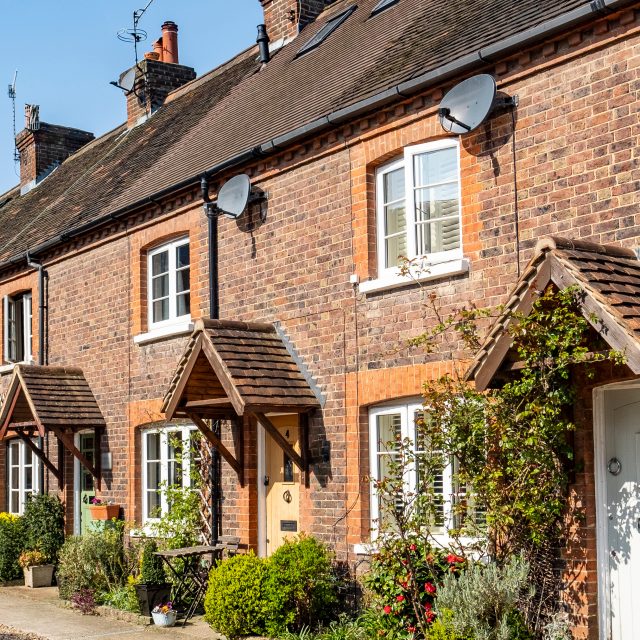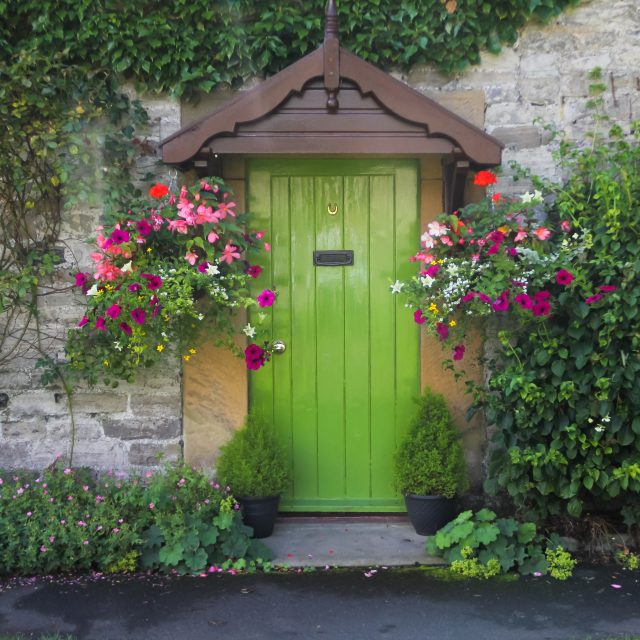Working from home – the implications for landlords
Working from home has gone mainstream in 2020.
Research by the Office of National Statistics (ONS), carried out at the height of the first Covid-19 lockdown in April, found that almost half of the population was working remotely. It’s a trend that likely to continue for some time given current government advice is that anyone who can work from home should do so.
So what are the implications for residential landlords, in particular those letting rural properties?
Crucially, there is a big difference in people working from home and those wanting to run their entire business from home.
The general principle is that under an Assured Shorthold Tenancy (AST) – the most common form of tenancy – the use of the property is residential and therefore the property needs to remain residential for the duration of the tenancy. It should be made clear that this is the case, with agreements typically stating that a business must not be registered against the address of the property. Landlords or their agents should also make regular checks that this remains the case and tenants are not operating outside the realms of their tenancy agreements.
That said, some level of home working is generally permitted under an AST. For example, if a tenant works for a company and works from home, then this is typically fine. If they own their own company and work from home, but the business is registered elsewhere, then that is often fine too.
Residential to business use
Where it risks crossing the line is if a tenant is running a business that takes the planning use from residential to business – for example, one that involves receiving clients or having employees working at the house. This is problematic for landlords as it risks turning the tenancy into a business tenancy governed by the Landlord and Tenant Act (1954), which means the tenant may be eligible for automatic lease renewal.
So this is an area where a range of factors do need to be considered, covering landlord and tenant law, planning and administrative issues. Every request tends to need to be looked at on a case-by-case basis to establish what may be acceptable and what is not, so it will always be advisable to seek professional advice.
The Small Business, Enterprise and Employment Act (SBEEA) was introduced in 2015 to make it easier for tenants to carry out a small trade or business from a rented home, while protecting the interests of a landlord. This legislation contains provisions for Home Business Tenancies (HBTS), which fall outside the protections of the LTA 1954. A ‘home businesses’ is defined as a business that can reasonably be carried on at home, excluding any business which involves the selling or consumption of alcohol.
As a general rule of thumb, home business use that doesn’t require further planning permission is likely to fall within SBEEA provisions. But once planning permission is required, the tenant’s work should be considered commercial.
Planning permission is usually needed when:
- The property’s use becomes predominantly more commercial than residential
- The occupant begins to trade with customers direct from the property
- Traffic in and around the property causes problems for neighbours
- Dust or odours are caused by traffic or machinery.
Given an AST specifically precludes these sort of activities, if a tenant was to carry any of them out at the property then the agreement would be broken. The tenant becomes liable for the offence, especially if they haven’t been paying business rates.
However, the authorities may initially contact the landlord, which means the landlord needs to be able to prove that they have not been involved in allowing such a breach to take place.
The outbuilding example
Rural properties often come with outbuildings which also need consideration. If, for example, a tenant is renting a rural property with no immediate neighbours and wanted to start a hair salon in an outbuilding, then the tenant would need to apply for planning permission for change of use to business use.
The proposed business area would need to be surrendered from the AST, and a business lease would be granted over this area for them to carry on their business activities.
However, it is worth noting that the change of planning use class is tied to the property and not the business, so if the tenant leaves and the landlord wants to have the building as residential again, then they need to apply for another change of use.
It is vital for any landlord who has a request from a tenant to run a business from their rented home to consider it carefully and take professional advice on the implications. Home working is here to stay as a trend, meaning landlords may need to be less rigid about what they currently allow if they are to attract and retain long-term tenants. The key to success will be finding solutions which suit both parties.






